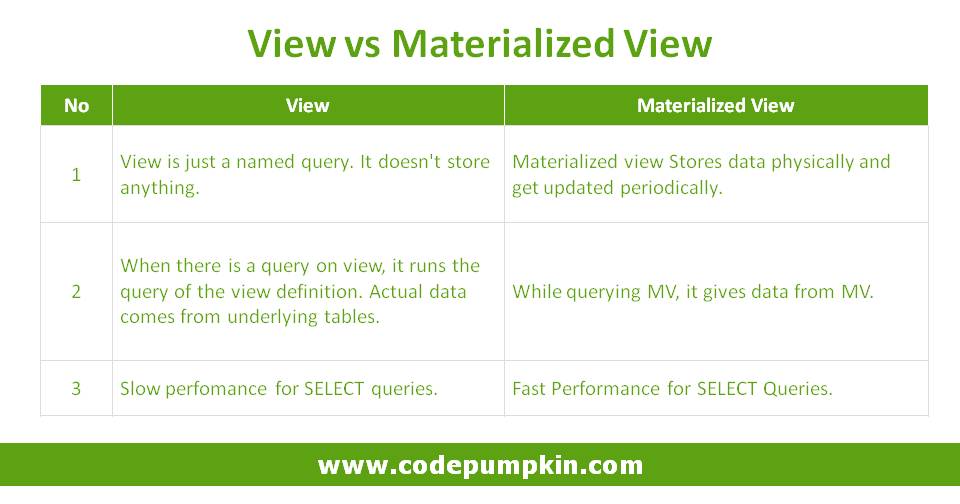

Having described the basic architecture of data warehouses, we may further describe the relationship between data warehousing and OLAP as follows. Relationship between Data Warehousing and OLAP

Zhengxin Chen, in Encyclopedia of Information Systems, 2003 IX.B. Quarters can be aggregated into years, and cities can be aggregated into states. View (3, 2) is not materialized, but the query can be answered from the materialized view (2, 1) since (2, 1) is an ancestor of (3, 2). For example, if a user issues a query for rows grouped by year and state, that query would naturally be answered by the view labeled (3, 2). A view can be aggregated from any materialized ancestor view. The five shaded nodes indicate that these views have been materialized. The relationships descending the product graph indicate aggregation relationships. Each node represents a view with aggregation levels as indicated by the coordinate. The top node, labeled (0, 0) in Figure 10.13, represents the fact table. (1996), where dimensions may have associated hierarchies. Product graphs are a generalization of the hypercube lattice structure introduced by Harinarayan et al. Figure 10.13 illustrates a product graph in two dimensions. The scales so defined along each dimension define a coordinate system for uniquely identifying each view in a product graph.


 0 kommentar(er)
0 kommentar(er)
